Another historical turn: innovations for the sake of innovations from Apple and Microsoft's near triumph
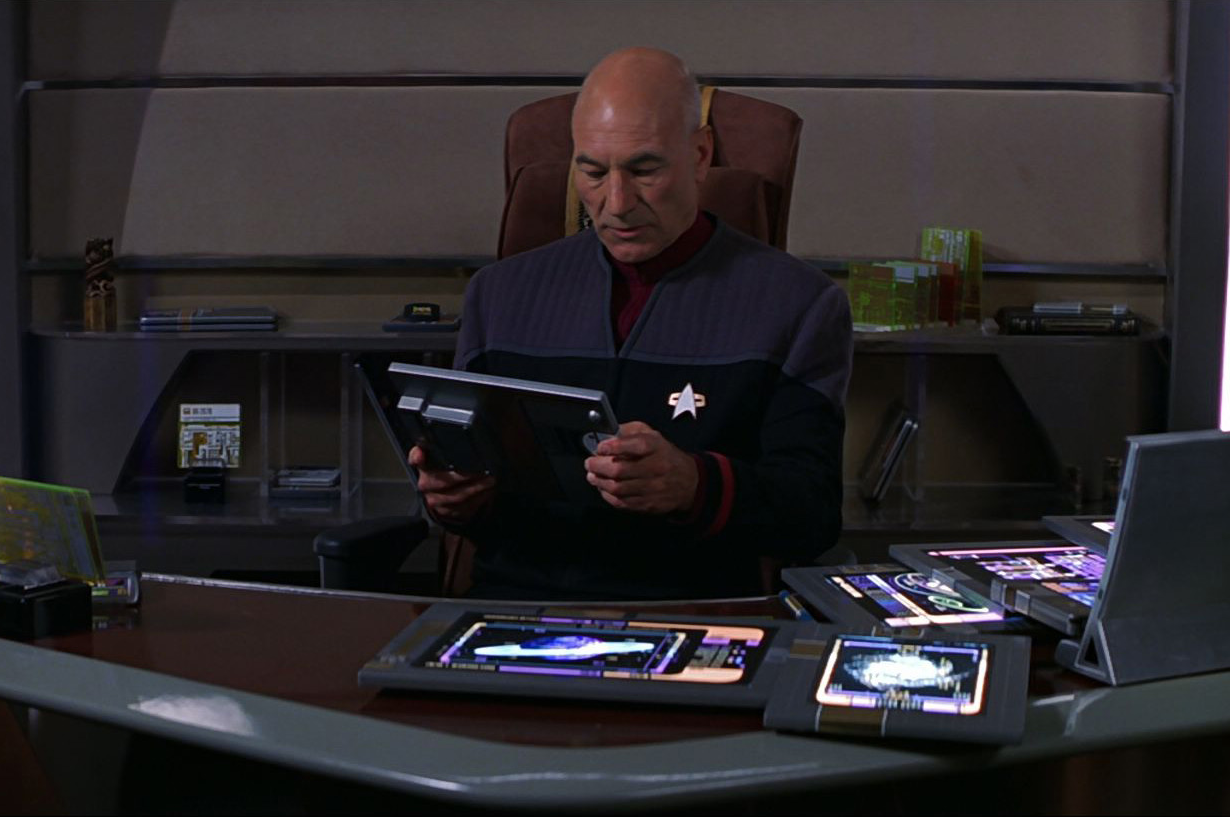
Science fiction has predicted many technologies of the future.
We are accustomed to the fact that every year the leading technology giants present products that change our understanding of the computer market. But not at this time. After the recent presentations by Apple and Microsoft, consumers are increasingly asking the same question: “what is actually happening?”
There are various kinds of conversations about the stagnant sector hanging over the sector. Someone argues that the period of innovation is over, and someone that consumers simply "snicker" and everything has become so good that there is nothing to surprise.
So we can not see the progress, so rapidly paced the planet over the past ten years, or have we really slowed down?
Today, there are three leading players on the market, although their products do not overlap too much. This is Google, Apple and Microsoft. This mainly concerns the recent presentations by Apple and MS and what was shown to us.
Innovation for innovation
Forgive me, admirers of the company from Cupertino, but for the last year, Apple has frankly not asked.
Ever since Jobs, Apple has been used to being, as they themselves put it, “at the forefront of innovation.” And in whatever frenzy opponents of the “apple” product did not come up and argued that everything Apple presented as an innovation was invented and implemented by other manufacturers long before them, it is worthwhile to pay tribute to the fact that Apple brought the use of all these developments to a qualitatively new level.
New level in everything. In the functionality of the device, performance, in software, more precisely, in its alignment. Jobs knowingly said that the product must be "sexy and powerful." Until 2014, this was actually the case. Restrained product policy, adjusted to the millimeter design and layout, albeit a closed, but convenient software in its ecosystem. While Jobs was alive, the engineers and designers of the company did everything in order not to stay in the mainstream, but to create the mainstream and they even sunk for a few years after his death.
We will never know what would have happened if the founder of the company was still among us, but the latest Apple products are no longer sexy. They no longer attract attention to themselves and do not cause envy of their owners. Yes, Apple managed to gain market share, but with innovations, apparently, is over.
The most striking example of the company's latest attempt to create the mainstream, as it was done in the days of Jobs, is the iPhone 7. Or rather, the refusal of the headphone jack.
What is the religion of Apple? All adherents of the "apple" products over the past five to seven years vied with each other that the distinctive feature of Apple is the comfort in using their devices.
Yes, it is the comfort of use. You pay the amount for which you can relax on the beach a couple of weeks, and it will not be the Laptev Sea, but the Mediterranean Sea. Instead, you get a device that works perfectly out of the box. Smooth, clear, fast. It has everything you need to enjoy the benefits of progress and to be on top. So say adherents, including about the Macbook and Macbook Pro.
The first blow to the door on the fingers, clamped in the door jamb, and to itself, was the output of the macbook with one Type-C connector. And as if nothing terrible. Apple has such a big credit of trust from the public that this mistake of the company was quickly forgiven and even barely mocked her. Vaughn, Microsoft in general, operating systems are obtained only once and, it seems, still afloat.
But when the iPhone 7 abandoned headphones, more precisely, from probably the most standard standard of all, the tendency to knock on the door with its fingers turned into the category of traditions.

As Casio's spherical engineers in vacuum a couple of years ago, before tears, laughed at the “smart” clock with a “power reserve” of twelve hours, so the spherical smartphone makers laughed at Apple. And they went to design a device with Jack 3.5 with a vengeance. There is no more sex in the company's products, there are only attempts to surprise at least something.
The bad habit of hitting money on the "wow effect" has played with the company that has been going for the last decade "at the forefront of innovation," a cruel joke. At the time of 3D printing, talking about the colonization of Mars, the gigabit Internet and VR-glasses, it is impossible to surprise with something else. Because alternatives to the jack were never offered, and the inconvenience and unreliability of wireless headsets were realized ten years ago, and in the case of the iPhone 7, these factors are multiplied in two, because the ears of people, for the most part, are two.
Also, the curse of "innovation for innovation" befell another company product - Macbook Pro. Touch panels do not surprise anyone, and when, for the sake of a strip with dubious functions, they offer to abandon a whole class of standard keys, everything starts to look even more unsightly.
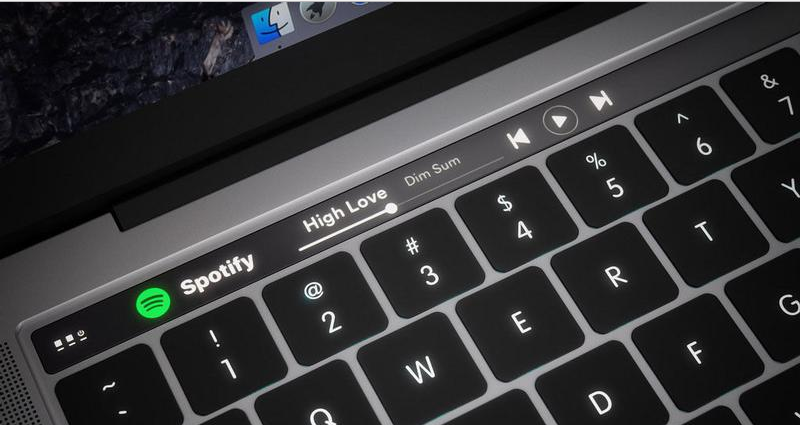
Apple, and other manufacturers of smartphones, tablets and other mobile and wearable devices, especially the premium segment, have been the victims of fooling their own audience. They were engaged in this for years, offering users new functions under the guise of “innovative” and until the public got fed up, it worked. But any song has an end. The average “dummy” is not interested in the technical process by which the processor is made for its smartphone. He is not interested in new materials, “10% brighter, 25% clearer” picture, because several years ago it was bright and clear, and behind the protective film it was all lost. The segment rested its forehead on the concrete wall of reality and now tries to pierce it with the same forehead, presenting controversial decisions as “innovations”. Manufacturers cannot recognize that at the current technological level, we have rested on the "ceiling" and all subsequent models in the next five to ten years will only be upgrades from previous developments. More powerful processors, more energy-intensive technologies. But all this happens step by step, painstakingly and carefully. And the public needs "jumps", which are not expected yet.
Back to the roots
On the other hand, there is a clumsy giant Microsoft. Bill Gates’s company missed a lot of opportunities while it was under the control of something that had become stained and old-fashioned Steve Ballmer, the manager of the 1990s sample. Then progress also walked on the planet, but in a different plane - the plane of desktop computers, where Ballmer was on a horse.

The giant mobile revolution, led by Ballmer, who is still sitting on the desktop "horse", successfully overslept, and even Nokia’s purchase only led to the collapse of the latter.
But fate once again gives Microsoft a chance to become a trendsetter again, pushing Apple from their Macbook and iPhone to the place of the “next” manufacturer.
Yes, the share of mobile devices and laptops is incredibly large, but desktops are not going to die. Huge support for desktops in general and Microsoft, in particular, provides the market for computer games, which are created "on desktops and for desktops." No matter how many employers say that a laptop in the office is the norm, do not believe. Because the one who worked behind a powerful station and two monitors wants a station even more powerful and a third screen. And for any price, he will not change his laptop, let him have at least two bitten apples, a pear. I don’t even stutter about developers who need to compile or designers who need to render.
BP, coming from all sides, augmented reality and gaming in the last year did not just breathe in - they entered life into the PC segment. After all, now technology is not limited to videos on YouTube and surfing social networks. For real innovation, not marketing “wow-innovation,” you need a powerful hardware and a clear, popular and affordable platform.
And who is here with us? Yeah, that's Microsoft!
The classic technology duet of Microsoft and Intel, as well as the “little newcomer” of this club - NVIDIA - can really change our understanding of innovation. Two equipment manufacturers and one software, collectively form a kind of cartel that can confidently dictate its conditions to everyone else. Internet giants cannot overcome Microsoft, no matter how hard they try (Google tried with its ChromeBook and ChromeOS, but it didn't work out). Manufacturers of BP-headsets will not even try, because their entire target audience in the face of gamers is in the bosom of Microsoft.
It would seem that in this situation you can sit on the stove and hang your legs, as it was ten years before. But Satya Nadella turned out to be a much better visionary than his predecessor.
With a lot of cheesy, the latest Microsoft presentation shows us real innovation. After all, technological progress is a reflection of fantasy dreams, their vision of the future. How many times have we seen on TV screens technologies for creating a 3D model of an object from its photograph? A week ago, this was demonstrated to us during the last presentation of the company:
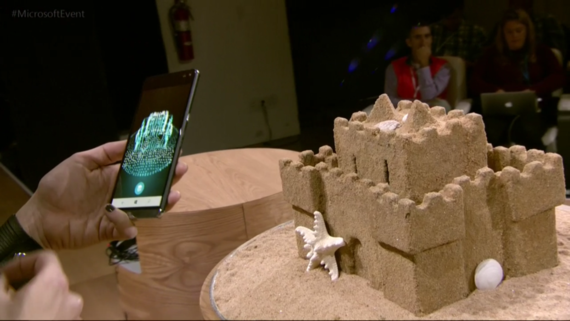
But the main nail in the coffin of the classic understanding of innovation was a demonstration of HoloLens .
Augmented reality tried to master even Google with their Google Glass project. But, just like Microsoft did in a hurry with tablet computers, so did Google - with augmented reality.
And now, when innovation really dried up Nadella, like a magician, pulls HoloLens out of its sleeve and shows it to the public, having survived an “iPhone-without-headphone-connector” and this whole culture shock.
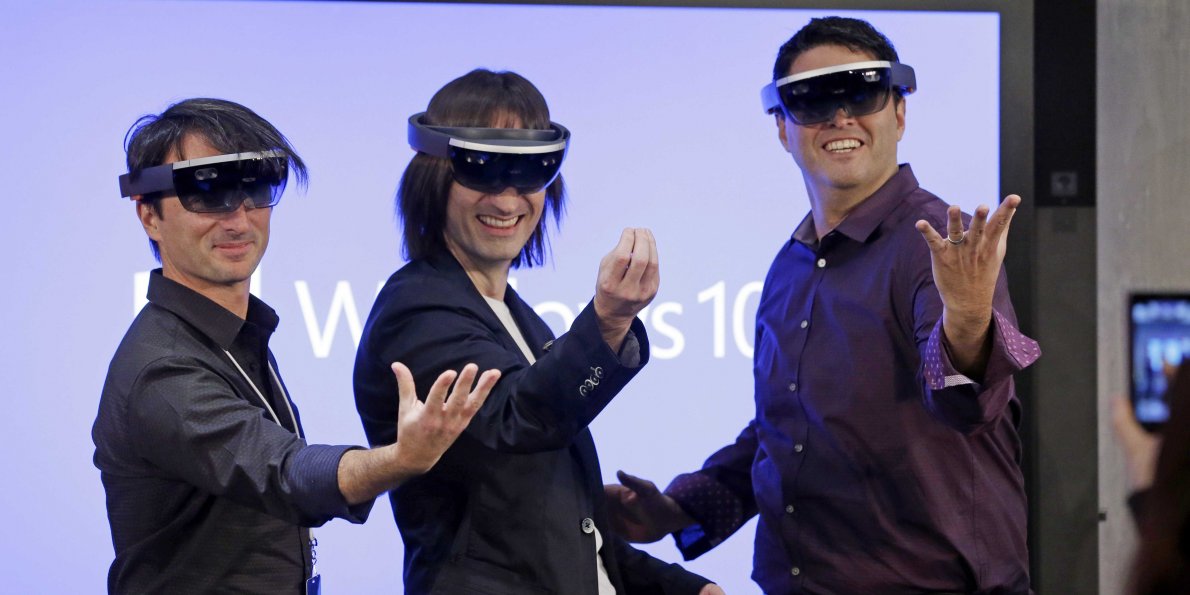
Yes, the presentation showed a "daub" in Paint and everywhere there emoji. But the result of this “daub” HoloLens quite a self showed in augmented reality. Maybe holographic calls are already around the corner?
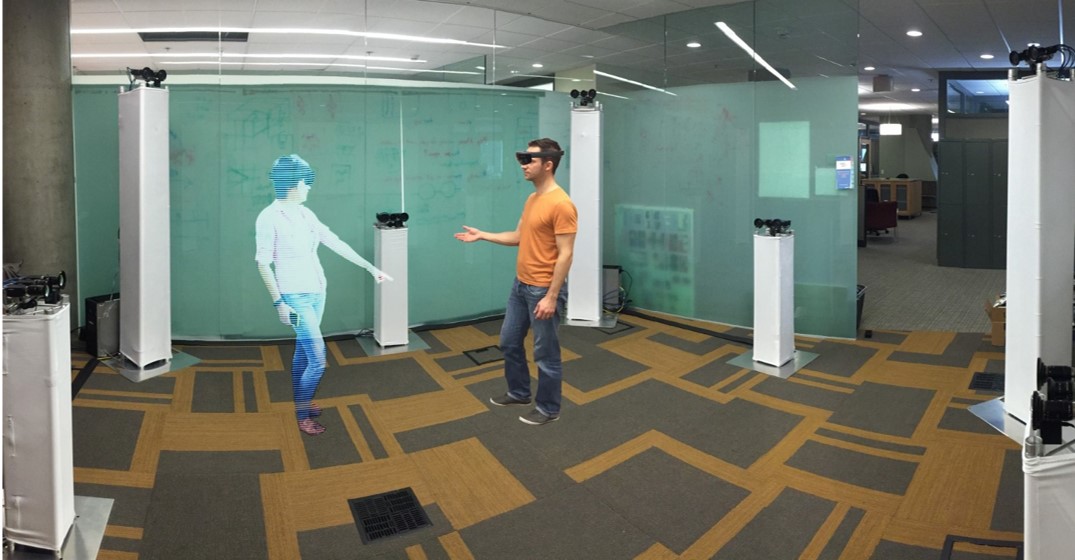
Microsoft modestly mentioned this fantastic technology at the beginning of 2016, but the company's latest presentation showed that this is not just another stillborn project that will sink into oblivion somewhere in the depths of the development department, as is the case, for example, with Google, but rather technology, ready to fight for a place in the sun.
The Surface monoblock from the giant causes a little less delight, but it is also worthy of attention if only because it has a huge touch screen that can be used as a working bench. Of course, as you will wipe it later, it is silent, but these are details. Well, in the appendage - Surface Dial as an auxiliary manipulator. And it looks quite viable, unlike the adapter for Apple's Jack 3.5.
In the dry residue
The last ten years, the palm of innovation has kept the company Apple. To the desktops they predicted death, decay and other misery, however, history once again proves to us that everything is going on in a spiral. While mobile device manufacturers squeeze the last drop out of existing technologies in order to attract customers, real magic happens in the desktop segment.
Yes, now all these new items are incredibly expensive. A computer capable of delivering stable 60 FPS on BP and DR headsets comes as a set of iPhone 7 and new Macbook Pro, but, unlike the latter, capable of boasting fewer holes and buttons, it offers a path to real innovation. Not far behind and equipment manufacturers. Intel and NVIDIA are making great efforts so that we do not get stuck for a day at the current level of capacity and capabilities.
Because the dreams of science fiction writers must come true. Holographic calls, desktops, augmented and virtual reality - this is the future, innovation. And mobile devices are just tools. And the understanding of this begins with difficulty, but coming to people.
